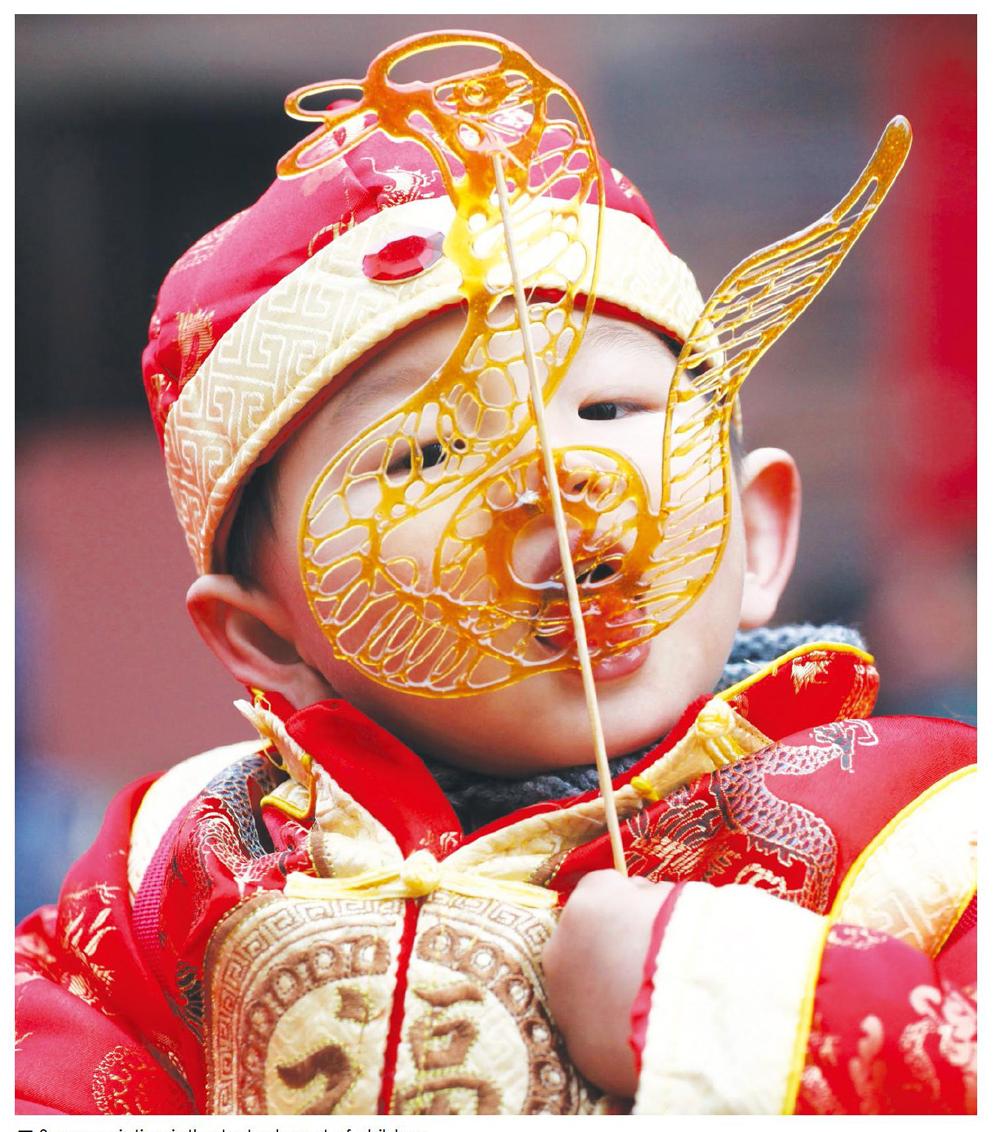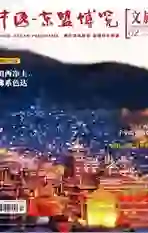Sweet Memory of Several Generations ●By Mo Tingitng
2019-09-25



Have you ever tasted or perhaps heard of sugar painting? Sugar paintings, a kind of Chinese folk art, are various sculptures made of melted sugar. Sugar painting carries pristine sweet in the ancient time and the taste in the memory, telling the old stories of folk artisans. In and around Chinas southwestern Sichuan Province, it is usual to see some folk artists producing sugar paintings with liquid sugar along the streets. The artists normally sit before a wooden stand where there is a polished slab of marble in the middle. On the side of the stand is a revolvable bamboo arrow and a wooden plate painted with various patterns in a circle such as Chinese dragon, bird, dog and so forth.
The past and present of sugar painting
The sugar painting is just paintings made of sugar, which can not only be eaten but also be appreciated. As less people choose to make this kind of painting, the traditional Chinese folk craft might have become a distant memory in some ways.
According to some academic studies, the history of this handicraft, with the local characters of Sichuan Province, is more than 400 years. Sugar painting may have originated during the Ming Dynasty (1368-1644) when small animals made of sugar were created in molds for religious rituals. This art formed then became more popular during the Qing Dynasty (1636-1912), with the improved techniques, and a more diverse range of patterns. Afterward, the folk artists in Sichuan developed this art by incorporating techniques of Chinese shadow puppet and Chinese paper cutting. The molds were also replaced with a small bronze spoon. As time passed by, the contemporary form of sugar painting has gradually evolved. They took all kinds of shapes such as figures, animals, flowers and plants, etc. Most of the paintings were two-dimensional, similar to todays sugar painting. In Sichuan Province, further developments were made in production, seeing the replacement of the molds with the now-common small ladle, often bronze or copper.
In the past, vendors of sugar painting were always seen hawking in streets and lanes, carrying a shoulder pole, the two ends of which were loaded with cookers, tools and sugar. Some of them even took along a roulette to draw the children's attention. In a time when children did not have much access to desserts, sugar paintings were eaten when they had enough fun with them. After paying money, the customer, normally kids, turn the arrow and wait till it stops. The pattern the still arrow points at is the one the artist is supposed to make with sugar.
With the progress of our society, sugar painting is edged out of people's sight. Nowadays, only on festivals or celebrations could we catch sight of sugar painting craftsmen. Although the number of sugar painters has decreased, due to its unique charm, a certain number of artists are making sustained efforts to preserve it by offering classes, holding relevant activities such as sugar painting contests and applying for the National Non-material Cultural Heritage. If you happen to be so lucky, don't miss it. In these fancy sugar figures, you could taste the oldest and the most exquisite Chinese culture.
Hands-on experience of sugar painters
Cane sugar or malt sugar are the main ingredients of sugar painting. The painter uses the brown sugar or white sugar as the raw material, the bronze spoon and a shovel as the tool, and the slab of marble as the “paper”. Firstly painters apply a layer of oil on the slate to prevent sugar from sticking, then scoop up the heated syrup and drop it on the slate to make lines that form various patterns. It must be done quickly and without stops for once the syrup cools down, it turns solid. To acquire liquid sugar, the painter has to cook the solid sugar in a pot before painting. They are heated under strict control of the degree and duration of heat. Syrup produced in this way is neither too watery nor too hard, easy for remodeling. Its original color is brownish-yellow, but coloring matter can be added to make it red or green.
Hands-on experience plays a very important role in sugar painting. Craftsmen of sugar painting have their own unique recipes and methods. The major technique involved is shaping. The whole process relies on the craftsmen's rich experience. Malt syrup is heated to appropriate temperature. As a unique art for producing artistic pieces entirely composed of sugar, sugar painting is very different from normal painting. The most important thing is brewing sugar. If the temperature is too high, the sugar color will darken and won't be that transparent and beautiful. Since the hot liquid sugar could freeze solid if it cools, the painter has to produce his work very quickly. Moreover, the painter has to follow some orders of strokes and draw a continuous line into a picture of an animal or other pattern. To get familiar with the whole process, the painter has to do some practice of normal painting in the first place.
You can see that artists with a small spoon to scoop up melted juice, flew back and forth on the stone cast, drawn shapes. The liquid sugar falls down as a thin thread onto the “paper” from the slanting spoon. After a short while, a plane animal is created, or even a solid bike and a flower basket. When the modeling is complete, they will with a small shovel scoop sugar painting and glue bamboo. In the sunshine, holding the shining sugar painting when walking along the street, the child is proud and happy.
Among all patterns in sugar painting, figures and animals patterns are the most interesting ones. These impressionist-style paintings fall into two main categories: plane painting and solid painting. It is comparatively easier to do the former. When producing the latter, the painter needs more knowledge and techniques of sugar painting. For example, to produce a flower basket, he or she has to do a round sugar pancake first, and then make a smaller sugar circle on the pancake. Due to the difference of the two parts in temperature, it is easy to pull up the whole smaller and resilient sugar circle with some tool and form a solid basket. Later on, the artist adds a lifting beam and flowers to the basket, making a vivid flower basket. Due to the fluidity of syrup, we can hardly find identical works even if the maker tries the same figure, which has greatly enhanced the artistic value of sugar painting.
